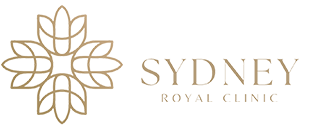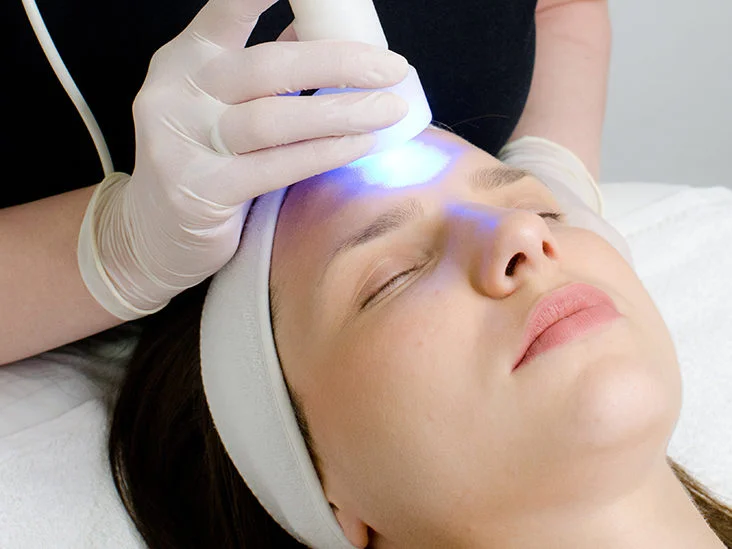LED Light Therapy - Abu Dhabi
LED light therapy, also known as photobiomodulation therapy or low-level light therapy (LLLT), is a non-invasive treatment that uses specific wavelengths of light to stimulate various cellular processes in the body. One commonly used form of LED light therapy is red light therapy.
Red light therapy involves the use of red or near-infrared light with wavelengths ranging from 620 to 850 nanometers. These wavelengths penetrate the skin and are absorbed by the cells, triggering a series of biochemical reactions. This process is believed to promote healing, reduce inflammation, and provide various therapeutic benefits.
Here are some key points about red light therapy:
- 1. Skin Benefits: Red light therapy is often used for various skin-related conditions. It may help improve the appearance of wrinkles, fine lines, and scars. It can also promote collagen production, which may enhance skin elasticity and firmness.
- 2. Pain Relief: Red light therapy has been used to alleviate pain and inflammation in various parts of the body. It can help reduce joint pain, muscle soreness, and stiffness. This therapy is commonly used by athletes for muscle recovery and injury rehabilitation.
- 3. Wound Healing: Red light therapy has shown promise in enhancing the healing process for wounds, burns, and ulcers. It can stimulate cell growth, increase blood circulation, and promote tissue repair.
- 4. Mood and Sleep Regulation: Some studies suggest that red light therapy may have positive effects on mood and sleep. It can potentially help with conditions like seasonal affective disorder (SAD) and insomnia. However, more research is needed to fully understand its effects on these aspects.
- 5. Safety and Side Effects: Red light therapy is generally considered safe when used appropriately. It is non-invasive and non-thermal, meaning it does not cause significant heat or tissue damage. Side effects are rare, but some individuals may experience mild temporary discomfort, skin irritation, or eyestrain.
It's important to note that while red light therapy shows promise in various applications, more research is still needed to fully understand its mechanisms and effectiveness. If you're considering red light therapy, it's recommended to consult with a healthcare professional or licensed practitioner who can provide guidance tailored to your specific needs.

